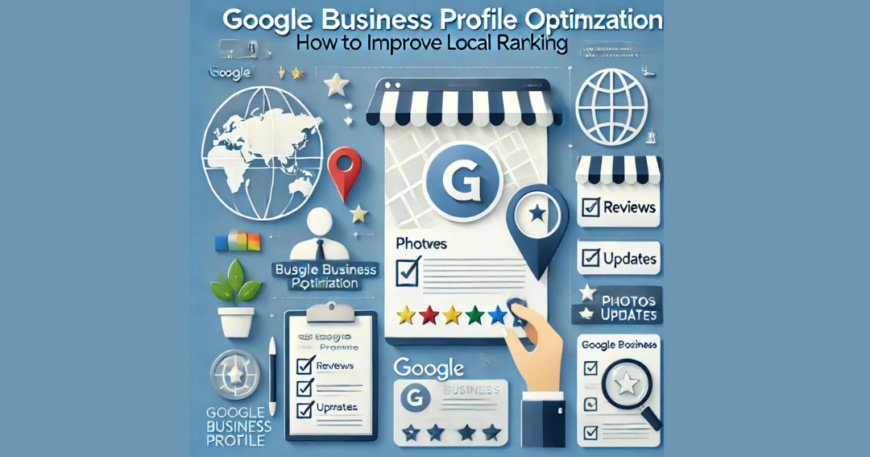How SEO and Paid Media Can Work Together
When done correctly, SEO is crucial for building your brand’s visibility and bringing in natural traffic to your website. Is your paid media approach undermining it? That is the case at times. You run the danger of understating the work that has been done to ensure that your SEO is operating at its best if you are paying to have your presence highlighted in Google or Amazon search. This is because consumers can dismiss you as a pay-to-play when they see your brand in a sponsored advertisement. Investing in SEO and purchasing advertisements on your brand terms is, at the very least, doubling down on resources to achieve the same goal: increasing website traffic. There is a more intelligent and superior method to obtain your paid media and SEO strategy work together. The Power of Incremental Testing First things first: not everyone is a good fit for the incremental testing approach. If your brand is competing in a highly competitive market, other brands will be eager to purchase your search phrases for sponsored advertisements if you don’t avoid them. Try it out if that isn’t the case. By using incremental testing, you can cut back on or stop spending money on sponsored search and redirect it to other uses. Does SEO work to increase visitors by the same amount? Are you losing money or are sales increasing? Although you might use some traffic, it might not be enough to justify spending money on sponsored search when it might be used elsewhere. In our experience working with customers, they often keep 70–90% of their search traffic, which is a low cost-per-click measure for brand marketers and a high click through rate. Brands benefit when their marketing expenses may be used in more effective ways. Establishing Good SEO Practices A solid foundation and track record of sound SEO techniques are necessary for incremental testing, which may divert funds from paid advertising. Strong SEO is mostly dependent on having a well-designed, easily navigable website with a wide range of relevant data. Do visitors click around the website or do they leave right away? The website should be informative, effective, and feel complete and active. Testimonials, product guides, transparent price information, and demos help close the deal, while articles and case studies—particularly those that address queries that potential Google searchers might have—help raise awareness. When combined, these factors may result in reduced click-through costs and increased conversion rates. Where Paid Comes In This is not to argue that organic search finding is incompatible with sponsored media. Thanks to the information you gain from paid advertising, it can actually handle a lot of the effort in building the organic plan. Utilise the keywords that are working well on the paid side to inform the development of your organic content. You can gradually switch to entirely organic content for your website while applying the knowledge gained from a paid media campaign to rank the appropriate search phrases, customer problems, points of interest, and other factors. The opposite is also true: Is a phrase or search term that you believed would generate a lot of traffic not showing up in paid advertising? That indicates that priorities need to be reevaluated. You won’t feel as like you’re working in the dark when you switch off paid and concentrate on organic after you’ve learnt enough from paid media analytics. On The Horizon Due to the significant changes in Google’s ad product strategy, it is now more challenging to circumvent its system and play paid media and organic SEO off of one another. Over time, cost-per-click rates have gone up as Google has pushed for more auctions to boost its earnings. Performance Max campaigns are a new product from Google that allows you to employ the whole Google ad suite in a single campaign and optimise performance using Google AI. Because so many ad goods are being used at once, this helps to increase conversion value. However, it’s still a mystery as of right now, making it difficult to distinguish between the reasons why something is functioning and the ones that might not. It will also be more expensive. It’s not a smart idea to fully commit to AI, even when Google is testing AI tools for advertisers. For example, AI can increase the reach of your brand or take a more experimental approach in campaigns with smaller stakes. However, to achieve the ideal balance, authenticity and a personal touch are still required. Don’t try to push AI to pass off expert-level content since it can’t. It is a tool, not an independent feature. It’s also clear that Google will continue to experiment and modify its advertising approach. It’s critical to understand when, how, and where to invest in order to appear naturally. Avoid being in the dark.












